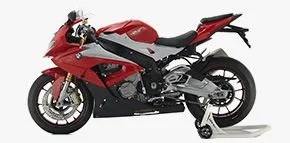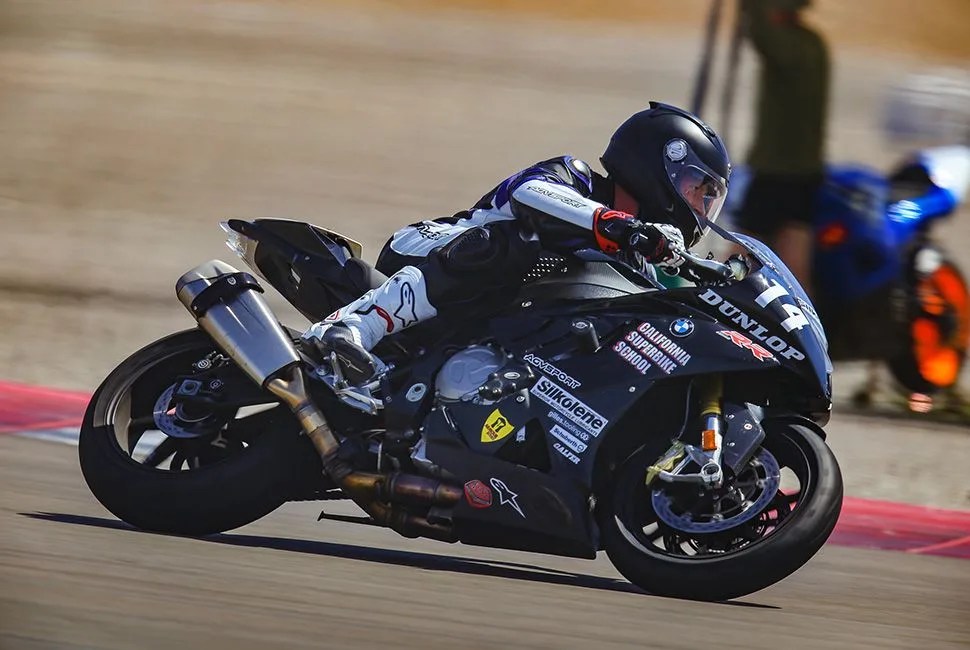Hitting my turn-in point, I tipped the BMW S1000 RR ($17,320) into the hairpin and spotted my apex. With the knee puck scraping the track, I rolled back on the throttle and rounded the turn. At this point I assumed that the bike is on, or very close to, its limit. And that’s when I hit a quick dip in the asphalt. A problem, usually. But the Bimmer stayed on line and trucked right through, barely registering the track’s imperfections.
When liter bikes first made their way into the mainstream market in the early-mid-2000s, the technology-to-power relationship wasn’t dissimilar to supercars circa the 1980s. It was an era in which companies ventured into new levels of power only known on race tracks and traction control was down to rider competence, not computer software.
Much like how the revolutionary Porsche 959 lead the way into the digital age for the super car in 1986, the BMW S1000 RR did the same for the two-wheeled world in 2010. Before the BMW S1000 RR, the Japanese companies had a stranglehold on the 1000cc superbike class, and although power figures continued to climb, the bikes saw little advancement in the way of chassis and traction control. BMW changed all of that.
Under the Hood

Engine: 999cc, inline four-cylinder
Transmission: six-speed manual transmission with HP Shift Assist Pro
Horsepower: 199 horsepower
Torque: 83 lb-ft
0-60: TBA
MSRP: $17,320
From the get-go, the S1000 RR had several levels of traction control: Rain, Sport and Race, allowing for different degrees of rear-tire slippage and progressively more immediate power bands. New for 2015, the Beemer gets an additional “Slick” mode, for dry-weather track-day riding as well as “User” mode. Now that the S1000 RR has so many different adjustable presets for traction modes, wheelie control, peak power and ABS, User Mode lets the rider customize all the settings to their liking. Most track-focused cars don’t offer this kind of versatility.
